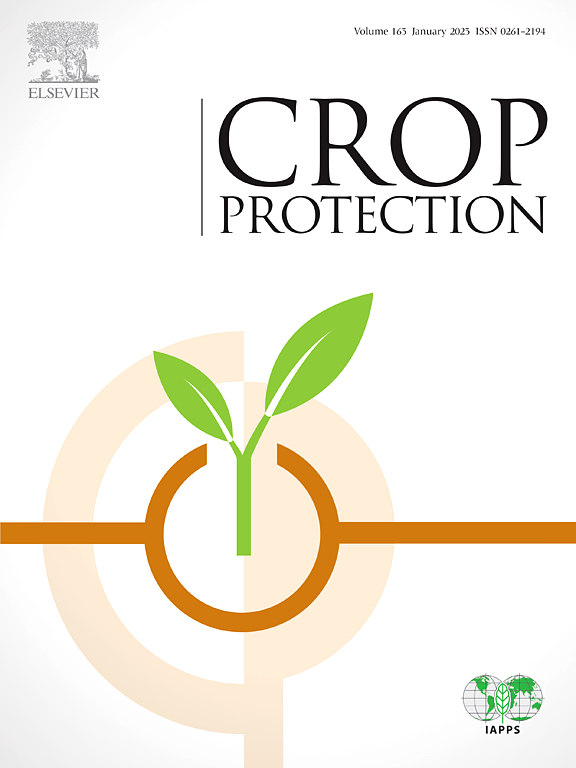A greenhouse experiment was conducted to assess the arbuscular mycorrhizal (AM) fungi inoculum potential for Leucaena leucocephala in a range of nutrient-depleted farm soils in western Kenya. Leucaena was grown in 12 uninoculated farm soils with pH 5.0–6.7, with or without rock P and farmyard manure. Root infection, nodulation, and shoot and root weight were determined 25, 46, and 69 days after planting. Spore concentrations in the farm soils at the start of the experiment ranged from 44 to 126 live spores per 100 g dry soil with 6–10 species per soil, principally Scutellospora spp. and Acaulospora spp. Nodulation was absent or poor in all soils, indicating the need for rhizobial inoculation of species belonging to the leucaena crossinoculation group in this agrosystem. Rock-P alone increased final shoot dry weight by a factor of 1.4, manure alone by 1.8, and rock-P plus manure by 1.9, compared with no ameliorant. Root infection with AM fungi was detected in all soils 25 days after planting and increased linearly in the different farm soils to values of 33–65% 69 days after planting. Soil pH and root infection 25 days after planting accounted for much of the variation in final shoot weight among soils with no amelioront (87%). As early root infection increased from 20 to 40% at soil pH 5.0, the predicted final shoot dry weight was doubled, and the response to ameliorants was reduced by two-thirds. The growth responses to increased infection became smaller as pH increased from 5.0 to 6.5.
DOI:
https://doi.org/10.1007/BF00384427
Dimensions Citation Count:
























